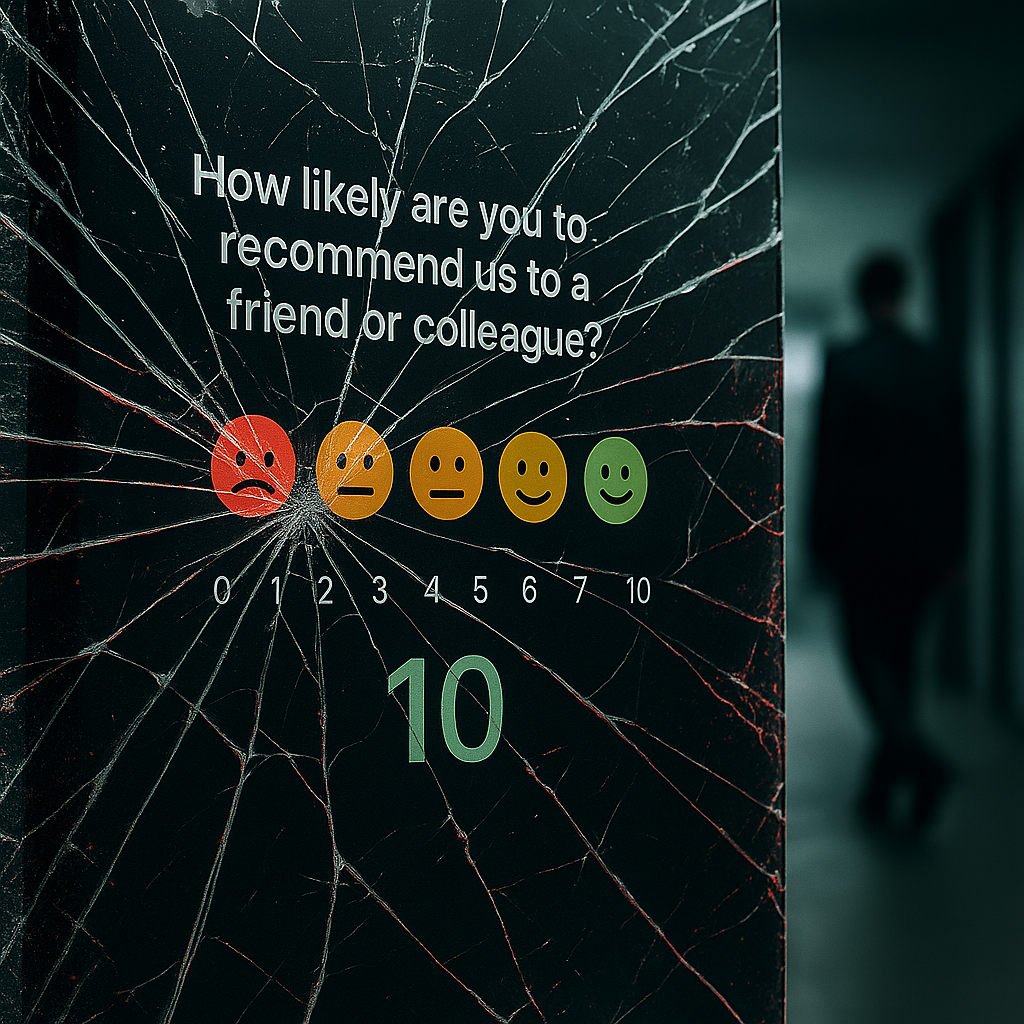
Mapping Success: Navigating the B2B Customer Experience Journey
Getting the Hang of B2B Customer Experience
In B2B relationships, how you treat your customers can make or break your business. Unlike B2C - where you might sell a product and may never see the buyer again - B2B is all about long-term partnerships. You’ve got more people involved, longer decision cycles, and higher stakes.
That’s why B2B customer experience isn’t just a checkbox or a vanity metric. It’s a strategic driver of retention, growth, and trust. And it deserves more than a one-question survey.
Why Customer Experience Matters in B2B
Customer experience in B2B isn’t about getting a quick 5-star review. It’s about reducing friction, aligning expectations, and becoming a trusted partner over time. When the experience works, clients stay longer, spend more, and become advocates. When it doesn’t, they quietly disengage - and by the time you notice, it’s too late.
Unlike B2C, B2B clients expect:
- Multiple stakeholder alignment
- Deep product and industry understanding
- Customized solutions, not templates
- High-touch support even post-sale
This complexity makes the old playbook - like NPS or CSAT - feel painfully inadequate. You can’t understand a dynamic, multi-touchpoint relationship with a 1–10 rating and a smiley face. What you need is visibility into the why, not just the what.
Want to dive deeper? Explore our full guide on B2B Customer Experience Management.

B2B vs. B2C: What Really Changes?
B2B isn’t just “more complicated B2C.” The rules are different.
In B2B:
- Decisions involve more people and more time.
- Relationships matter - a lot. Trust is currency.
- Expectations are higher, especially post-purchase.
- Communication is ongoing, not one-and-done.
- Customization is expected, not a bonus.
Understanding these differences is the first step toward building a CX strategy that actually works. Want to see it in action? Browse our B2B Customer Experience Examples.
Mapping the B2B Customer Experience Journey
You can’t improve what you don’t understand. Mapping the customer journey helps identify where things break down - and where you can stand out.
Key Moments That Matter
In B2B, touchpoints stack up fast:
- Sales meetings
- Onboarding calls
- Invoicing
- Support tickets
- Business reviews
- Ad hoc escalations
Each moment carries weight. And each one shapes how the client sees your brand.
Spotting Pain Points
Common friction areas include:
- Overly complex onboarding processes
- Confusing or inconsistent communication
- Limited or unresponsive support
- Slow reaction times
These aren’t minor annoyances. They’re churn risks in disguise. The goal is to identify where things feel “off” before they become irreversible.
Want to go deeper? Read our thoughts on B2B Customer Satisfaction.
Boosting the B2B Experience (Without Guesswork)
You don’t need to ask 10 questions. You need to ask the right ones - and take action where it counts.
Personalization That Feels Real
Personalization in B2B isn’t about inserting someone’s name into an email. It’s about showing that you understand their business and priorities.
Do you know their goals? Their pain points? What a “win” looks like for them? Use data, yes - but also use judgment. Generic doesn’t build trust.
Communicate Like a Partner
Clients don’t want radio silence. But they also don’t want spam.
- Be responsive
- Be transparent
- Be consistent
Regular check-ins, structured feedback loops, and CRM-backed communications can make a huge difference in how your client feels seen and supported.
Build Relationships, Not Reports
Don’t measure customer experience just to report it internally. Use it to build real relationships. That means understanding both the operational and emotional signals your clients are giving off.
If you rely solely on lagging indicators like NPS, you’ll miss the early warnings.

Measuring What Actually Matters
Let’s talk about metrics. And let’s be honest: most of the common ones - like NPS or CSAT - are too shallow for B2B. They might tell you how someone felt in a moment, but not whether your relationship is on solid ground.
A better approach includes:
- Engagement tracking: Are key stakeholders still showing up?
- Feedback consistency: What themes repeat across roles and time?
- Onboarding velocity: Are new clients getting to value quickly?
- Relationship strength: Do you know how your product, people, and process are performing in their eyes?
These aren’t found in one-question surveys. They require multi-dimensional inputs and the ability to close the loop fast - sometimes even automatically.
Continuous Improvement: The Real Competitive Edge
The best B2B companies aren’t “perfect.” But they listen, adapt, and act.
Here’s how:
- Analyze client sentiment across touchpoints, not just after escalations.
- Close the loop immediately - don’t wait for a quarterly review.
- Use AI and automation to handle routine feedback and flag serious issues.
- Build feedback mechanisms into the client’s workflow, not separate from it.
Improvement isn’t about adding more forms. It’s about creating systems that surface gaps early - and give your team the confidence to fix them.
Stay on top of how to get that competitive edge by not doing the same as everyone else, and finding a more dynamic metric than NPS.
Final Thought
If you’re still relying on NPS to understand your clients, you’re driving blind.
In B2B, customer experience is relationship quality - measured over time, across roles, and through multiple lenses. And it should never be reduced to a single score.
Want stronger retention? More upsell? Less churn?
Then it’s time to treat CX like the strategic asset it is—not a checkbox. Know the journey. Track the gaps. And make the experience as valuable as the product you sell.
Let me know if you’d like this localized, shortened for social, or tailored to your target industry.





